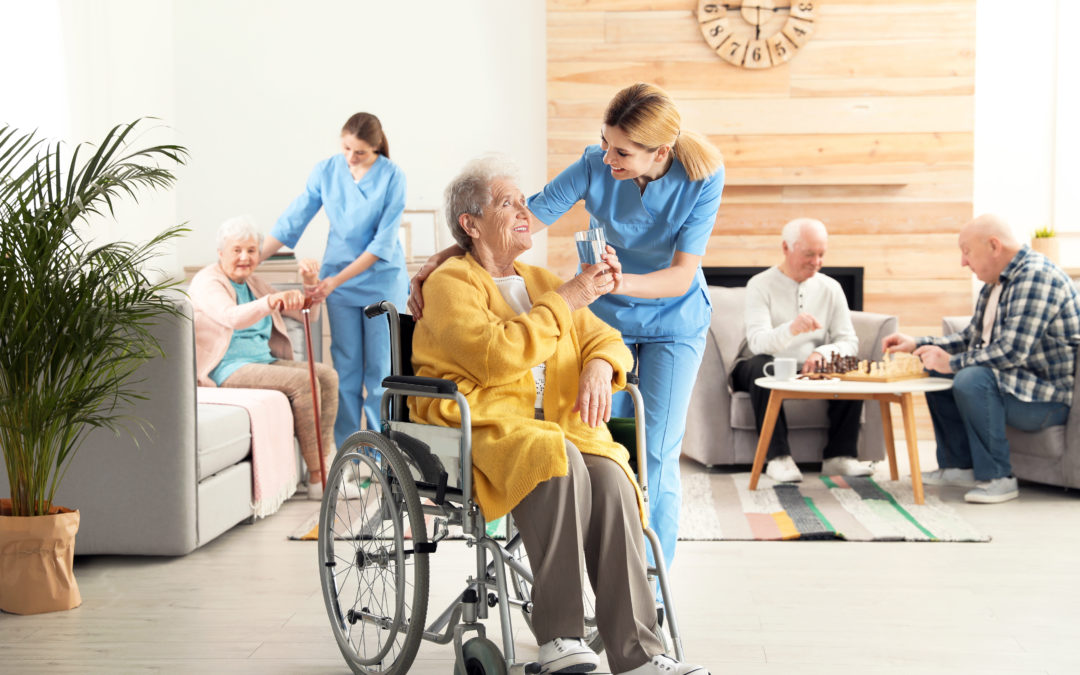As you become older, where you live becomes more important. While most elderly citizens want to stay in their homes, few homes are built with senior safety in mind. According to 2017 Harvard University research, just 1% of American houses have fundamental universal design elements that make them accessible and senior friendly.
Here are some of the vital accessibility elements that older adults frequently require:
- First-level living.
- No steps to enter.
- Lever-style handles on faucets and doors.
- Hallways and entrances are exceptionally broad.
While some modern homes feature no-step showers, making them simpler to use for those who aren’t as steady on their feet, few older ones do.
If you and your senior family member have chosen to check local assisted living homes for a prospective move, it’s essential to make an informed decision.
Finding Assisted Living
It might be tough to know what to look for and what questions to ask when you first start your search. In general, you should start and end your search with what your senior loved one values most and what their specific health needs are.
Enrichment of life. Socialization and participation in life enrichment activities are beneficial to the body, mind and soul. Learn how and when activities are planned. Make sure to inquire about weekends and evenings. Is it possible to include your senior loved one’s favorite pastimes in the routine or can they be added? Does the life enrichment schedule cover both on-campus activities and off-campus excursions?
The character of the community. Put a more informal atmosphere on your list if your senior loved one prefers it. On the other hand, if they love dressing up for dinner and view it as a social event, this is a crucial choice to remember. You want them to feel comfortable in whichever community they pick.
Changing requirements. Our needs alter as we become older. It might be transitory, such as after an accident or sickness, or it can be part of the normal aging process. This is a critical topic to consider while considering a senior community. What happens if a senior’s health deteriorates? Is there a greater degree of care? Moving is complicated at any age, but it is tricky for an older adult who is ill.
Experience as a caregiver. The quality of care offered is strongly related to the commitment and expertise of a community’s caregivers. Learning more about the caregivers should be at the top of your priority list. Learn how they’re chosen, screened and trained. Inquire about the staff-to-resident ratios and how long team members have been with the community on average.
Dining options are provided. Another crucial aspect is having a range of excellent and nutritious food alternatives. Request a copy of recent menus to inquire about the amount of options offered and how often the menu changes. Find out if residents have the option to choose their own mealtimes and tablemates. It’s crucial to have flexibility and diversity.
While extra amenities and services, such as an on-site beauty salon or transportation services, may make an assisted living facility more appealing, it’s essential to prioritize the factors that impact a senior’s quality of life and health.
Please contact us today to learn more about which level of care best suits your loved one.








